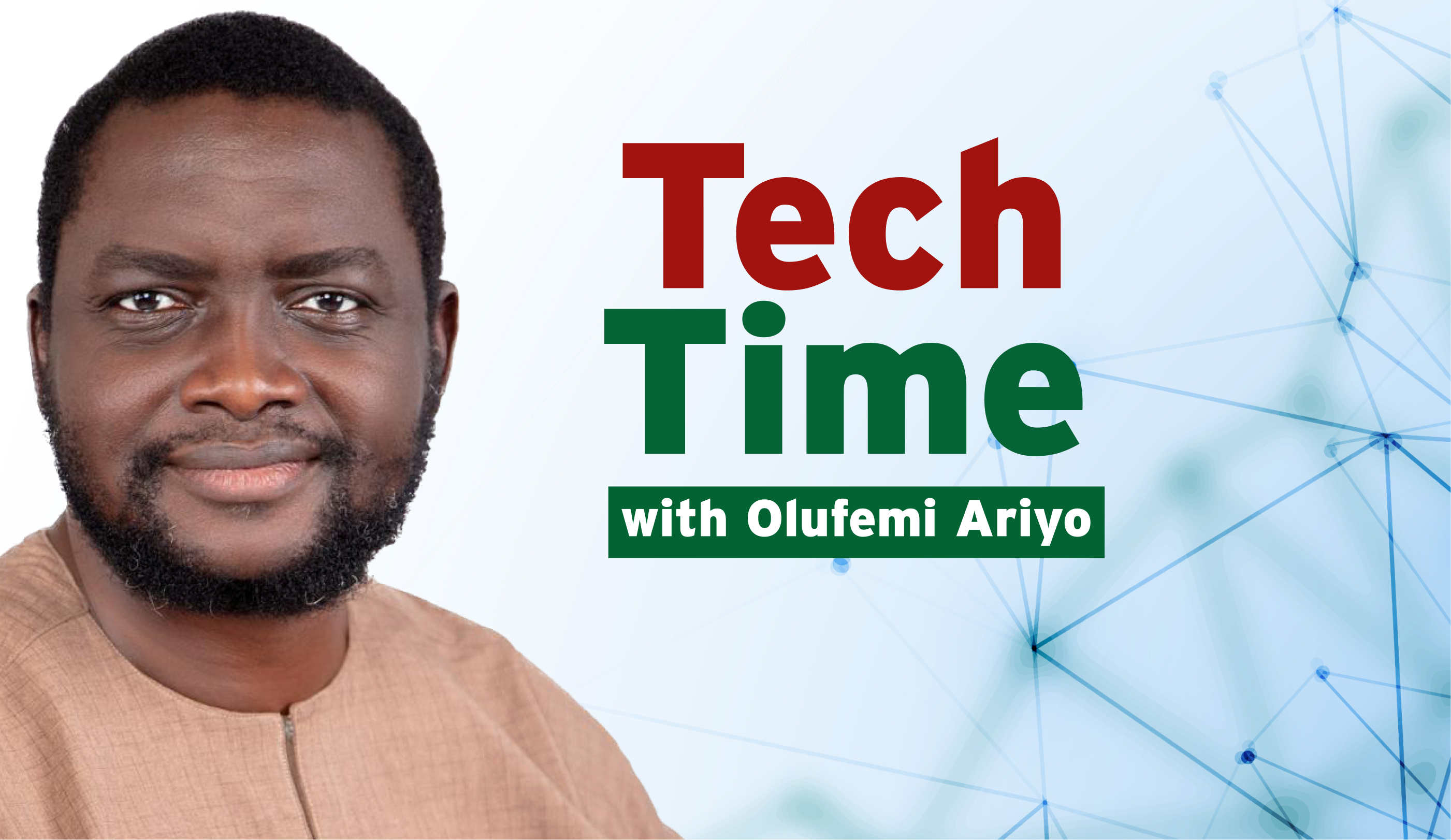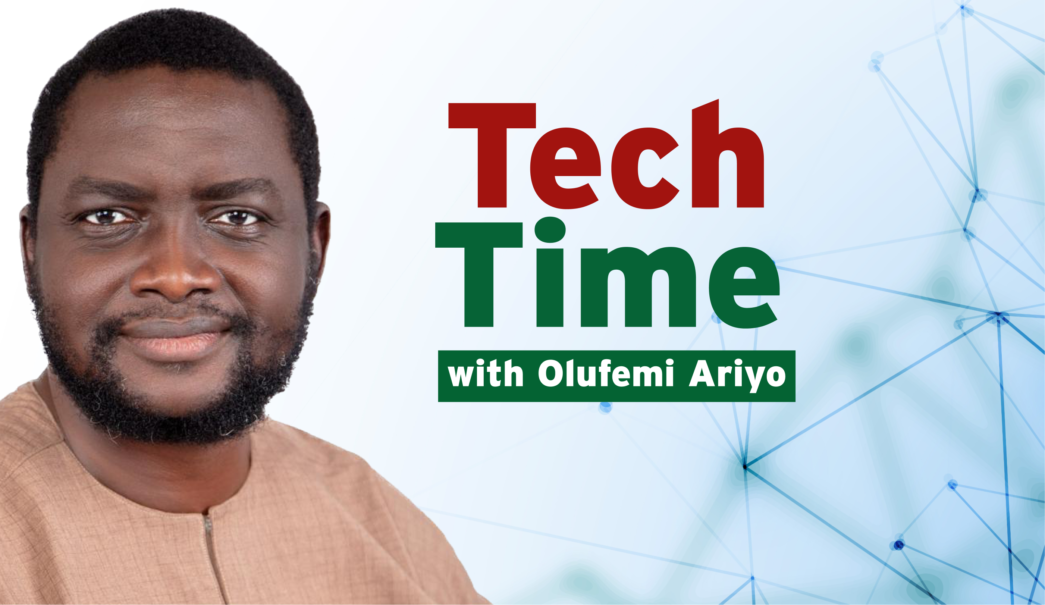Education has long been one-size-fits-all, but the rise of Artificial Intelligence (AI) is making null that paradigm. AI tools like ChatGPT are progressively being integrated into learning environments to create custom learning experiences that cater to each student’s unique needs, strengths, weaknesses, and learning styles. This transition to AI-powered tailored learning is redefining education, allowing for dynamic, adaptive, and responsive teaching that was not possible in traditional settings. These thought trail looks at how AI is affecting education, starting from the creation of custom lesson plans and assessments to offering relevant instant feedback, all with the aim of customising the educational experience to each individual learner.
AI-Driven Personalisation for a Tailored Path to Success: The educational system has remained the same over the years. Students are taught the same material at the same pace, regardless of their individual strengths, weaknesses, or learning preferences. However, research in education has long shown that students learn differently. Some are visual learners, others auditory or kinaesthetic, and many possess a mix of these styles. AI-powered customisation takes this variability into account, creating a tailored learning journey for each student that adapts in real-time to their unique needs.
By analysing vast amounts of relevant student data, AI systems can detect patterns in how individual students engage with content, track their progress, and highlight areas where they struggle. The true advantage of this approach is that AI can help close the gap between students’ diverse abilities and learning preferences while making sure they all receive the support they need at the right time. It is a paradigm shift from a uniform educational system to one that recognises and nurtures the uniqueness of each student.
Next, we take a closer look at how AI-driven personalisation works in practice, with examples to illustrate the unique potential for education:
Advertisement
Example 1: Math Problem Sets in Algebra
Imagine a high school student working through a math problem set on algebra. In a traditional classroom, the teacher might assign a series of exercises to all students without much variation in difficulty, potentially leaving struggling students behind or making advanced learners feel unchallenged. However, with an AI system in place, the student’s individual progress is continuously monitored.
- If a student struggles with the basics of algebra, such as understanding variables and operations, the AI can detect this through the answers they provide (e.g., consistent errors when solving simple equations). The AI then responds by offering simpler problems, perhaps with step-by-step tutorials, or videos explaining the foundational concepts in more detail. Over time, as the student masters these basics, the AI will gradually increase the difficulty, helping the student build confidence and capability.
- On the flip side, if the student excels at algebraic operations, correctly solving problems quickly and without assistance, the AI can shift the focus to more advanced concepts, such as quadratic equations or functions. The AI might present challenges, puzzles, or problems that are contextual and encourage deeper thinking, such as using algebra to solve real-world problems, like optimisation
This process allows each student to work at their own pace, getting the support they need without the pressure to conform to a fixed pace set by the class. It also offers more complex material when the student is ready, ensuring they remain engaged and intellectually stimulated. The result is a student who is continuously progressing without feeling overwhelmed or bored.
Advertisement
Example 2: Reading Comprehension for Different Learners
Imagine a classroom where students are reading the same novel but have different reading abilities. Some students might have trouble with vocabulary or understanding complex sentences, while others might breeze through the text. Using AI, a system could analyse individual students’ comprehension levels through frequent quizzes or reading comprehension exercises, and tailor the material accordingly.
- For students who struggle with reading comprehension, the AI offers interactive summaries or vocabulary exercises for the key concepts of the chapter, helping to solidify foundational knowledge. The AI might also offer additional visual aids (like video summaries or character maps) for visual learners.
- For advanced readers, the AI could provide discussion prompts that push the student to think critically about the themes of the novel, or generate writing assignments where they can explore deeper layers of meaning, symbolism, or historical context. For example, if the novel is “The Great Gatsby,” the AI may create a list of advanced prompts about the social implications of the American Dream, encouraging students to explore the book’s social commentary in more detail.
In this way, AI ensures that each student engages with the material at the appropriate level, neither bored by simple exercises nor overwhelmed by too much complexity (this is now possible with education).
The Benefits of Real-Time Adaptation
Advertisement
One of the primary strengths of AI is its ability to adapt in real-time. Unlike traditional classroom teaching, where adjustments are often made at the end of a unit or after grading assignments, AI allows for continuous feedback and immediate responses to a student’s learning needs. This ability to change the course of instruction instantly offers multiple benefits:
- Immediate intervention: If a student is struggling with a specific topic, the AI can immediately provide targeted exercises, resources, or explanations to help them overcome their difficulties. There is no waiting for a teacher to review and respond—help is immediate and unique.
- Motivation and engagement: When students are given work that is appropriately challenging for their ability level, they are more likely to stay engaged. Too easy, and they become bored. Too difficult, and they might get discouraged. AI keeps students engaged by providing work that is neither too hard nor too easy (it is just right).
- Increased confidence: For students who typically struggle with certain subjects, the tailored learning paths can measurably increase their confidence. As they master small sections of content, they feel a sense of accomplishment, motivating them to keep going. Conversely, advanced learners feel a sense of achievement as they are constantly pushed to tackle more difficult material.
AI and Holistic Learning Styles: Beyond Just Content
AI’s power does not stop at creating individualised paths for students based purely on content mastery. It also has the ability to address a range of other factors that influence how students learn, such as learning styles and even emotional states.
- Learning Styles: Some students are visual learners, others auditory, and still others kinaesthetic. An AI-powered learning system can incorporate a variety of content delivery methods that align with these styles. For example, a kinaesthetic learner might benefit from interactive, hands-on activities or simulations that involve moving objects or diagrams. A visual learner might prefer infographics or videos. Meanwhile, auditory learners could benefit from spoken explanations or podcast-style content.
- Emotional Recognition: Advanced AI systems can even track a student’s emotional state through facial recognition or behavioural analytics. If a student seems frustrated or disengaged, the AI might suggest a break, offer positive reinforcement, or even adjust the difficulty of the tasks to make them more achievable. This emotional awareness allows for a more empathetic learning experience, ensuring that students are not just academically supported but emotionally nurtured as well.
Example: A middle school student who struggles with math might experience frustration every time they encounter a particularly challenging problem. Through sentiment analysis (analysing the student’s language patterns or reaction times) the AI detects and classifies frustration, then adjusts by offering a more approachable question or motivational feedback, turning the experience from a negative one into a positive, confidence-building moment.
Advertisement
The Path Ahead: Bridging Gaps with AI-Powered Personalisation
AI-driven personalisation is not just about enhancing performance in specific subjects. It can broaden access to education, close achievement gaps, and provide the support that many students need to succeed. Whether it’s through instantly adapting to each student’s needs, offering real-time feedback, or incorporating emotional and cognitive recognition, AI has the potential to transform how we teach and learn.
Advertisement
With AI, education is no longer about forcing students into a mould. Instead, it is about crafting an tailored learning journey that evolves in real-time to meet the challenges, preferences, and learning speeds of each unique student. And as technology continues to progress, we can expect AI-powered personalisation to become an even more integral part of education, ensuring that every learner has the tools, support, and encouragement to succeed.
ChatGPT: A Vital Tool in Tailored Learning
Advertisement
We see, ChatGPT, an advanced AI language model developed by OpenAI, rapidly growing as an invaluable resource for educators and learners alike. Unlike traditional tools, ChatGPT has the capacity to go beyond simple content generation and help craft personalised educational experiences tailored to each student’s unique needs and proficiency level. By understanding context, analysing student progress, and adapting its responses in real time, ChatGPT provides a level of flexibility and support that traditional classroom resources simply cannot match.
In the classroom, personalisation is at the core of addressing the diverse needs of students. No two students are the same, and educators have long struggled to meet the varying pace, interests, and abilities of their students within a single lesson plan. ChatGPT solves this problem by helping teachers craft tailored educational experiences for every learner. The tool allows educators to generate tailored content, quizzes, and explanations that adjust dynamically based on the student’s strengths, weaknesses, and learning pace.
Advertisement
Next, we throw some more light into how ChatGPT is changing the classroom experience and supporting differentiated learning.
Tailored Content Creation by Adjusting to Each Learner’s Needs
ChatGPT’s ability to create content that is adaptive and personalised is one of its most powerful features. Traditional textbooks or lesson plans are static and can only cater to a broad audience, often missing the mark for individual students. ChatGPT, however, offers tailored material in an instant, adjusting the difficulty, style, and depth of content according to the student’s needs.
For example, in a middle school science class focused on photosynthesis, ChatGPT can adjust its explanations and support based on the student’s current level of understanding.
Scenario 1: Supporting Struggling Students
If a student is struggling with the fundamental concept of photosynthesis, ChatGPT can break down the topic into simpler, more digestible pieces. It might provide a basic definition of photosynthesis:
“Photosynthesis is the process by which plants make their own food. They take in sunlight, carbon dioxide, and water to create oxygen and glucose, which is a kind of sugar.”
For this student, ChatGPT could include visual aids or analogies, like:
“Think of it like baking a cake. The plants take in ingredients (sunlight, water, and carbon dioxide) and mix them together to make a finished product (glucose and oxygen).”
Additionally, if the student struggles with specific aspects, such as understanding the role of chlorophyll, ChatGPT could further simplify the explanation:
“Chlorophyll is the green colour in plants that helps them capture sunlight. It is like the plant’s solar panel, which gathers energy to make food.”
Through its ability to simplify language and rephrase explanations, ChatGPT offers support for students who need more time or different types of content to grasp concepts.
Scenario 2: Enriching Content for Advanced Learners
On the other hand, for students who are excelling and ready to engage more on the subject, ChatGPT can present more advanced content. For a student already familiar with the basic process of photosynthesis, ChatGPT could introduce more complex biochemical processes:
“In addition to the basic steps of photosynthesis, plants undergo a Calvin cycle, where the glucose produced in the light-dependent reactions is used to create other necessary compounds for growth.”
It might also prompt the student with higher-level questions, like:
“Can you explain how environmental factors such as temperature and light intensity affect the rate of photosynthesis? What might happen to plants in extreme conditions?”
These advanced inquiries push students to explore beyond the basics and understand the biochemistry of the process, helping them develop critical thinking skills.
In this way, ChatGPT serves as a dynamic educational tool, ensuring that each student receives the level of challenge they need, without feeling bored or overwhelmed.
Tailored Assessments: Crafting Tailored Quizzes and Feedback
Beyond lesson content, ChatGPT also plays an important role in assessing student comprehension through personalised quizzes and assignments. Traditional assessments often treat all students equally, with the same questions and level of difficulty for everyone. However, as we know, not all students are at the same point in their learning journey. Personalised quizzes powered by ChatGPT can tailor questions to match the student’s learning pace and current understanding.
Let us take the photosynthesis lesson again as an example.
For Struggling Students:
ChatGPT might generate multiple-choice questions that target basic concepts, like:
“What is the process by which plants make their own food?” (a. Respiration, b. Photosynthesis, c. Germination, d. Fermentation)
It might also provide immediate feedback on incorrect answers, guiding the student to review the lesson:
“Oops! It looks like you might be confusing photosynthesis with respiration. Remember, photosynthesis is how plants create their food using sunlight. Let’s review that again!”
For Advanced Students:
ChatGPT could generate more complex, open-ended questions like:
“Describe how the light-dependent reactions and the Calvin cycle work together in photosynthesis. How do they depend on each other?”
After the student answers, ChatGPT might offer advanced feedback:
“Great explanation! You’ve correctly explained how the Calvin cycle uses ATP and NADPH from the light-dependent reactions. Can you think of how this process might change in plants grown in lower light conditions?”
This type of adaptive assessment ensures that all students are tested on the right material, challenging them without overwhelming them. Immediate, personalised feedback helps reinforce understanding and identify areas for improvement, making the assessment process far more effective than generic, one-size-fits-all tests.
Real-Time Adaptation Empowers Teachers with Efficiency
While ChatGPT is doing much of the heavy lifting in terms of content creation and assessment, it also enables teachers to focus more on individualised student support. With AI-generated content tailored to each student’s needs, teachers can spend less time on administrative tasks (like designing lesson plans, quizzes, or grading assignments) and more time engaging directly with students.
ChatGPT helps teachers identify gaps in learning and address them immediately. For instance, if a student consistently struggles with a particular section of a subject, ChatGPT can flag this and suggest additional resources or exercises. This real-time adaptability helps educators stay on top of each student’s progress and personalise their approach more efficiently.
Example: A teacher who has 30 students in a class can use ChatGPT to generate individualised math problems based on each student’s skill level, cutting down on the time spent on one-size-fits-all exercises. If a student is struggling with word problems, ChatGPT can generate specific examples to address that need. If another student is excelling in geometry but struggling with algebra, ChatGPT can create different sets of problems tailored to their proficiency levels.
By freeing up time spent on repetitive administrative tasks, ChatGPT empowers teachers to engage with their students more deeply and foster meaningful relationships (providing the personal guidance and mentorship that AI tools cannot replace).
Automated Feedback and Real-Time Insights for Continuous Improvement
It is not news that one very time-consuming and resource-intensive aspects of teaching is the process of grading assignments and providing meaningful, constructive feedback to students. While feedback is an important element of learning (helping students understand what they did well and where they can improve) traditional methods can create major delays. Students often wait days for feedback on papers, essays, or exams, and by the time they receive it, they may have already moved on to the next assignment or topic. This delay can hinder the learning process, as students miss out on the opportunity to make adjustments in real-time.
With AI-powered systems like ChatGPT, educators can now offer instant, automated feedback on assignments. This can notably improve the learning experience by allowing students to reflect on their work and make improvements immediately, rather than waiting for teachers to review and grade papers. AI feedback systems can evaluate content quickly and effectively, offering tailored insights that are both specific and constructive, helping students refine their skills over time.
How ChatGPT Delivers Instant, Actionable Feedback
AI-powered feedback works through algorithms that analyse a student’s work (be it an essay, a problem set, or a quiz) and offer real-time, actionable suggestions. ChatGPT, for example, can evaluate the content, structure, and clarity of a student’s submission, offering insights on both the strengths and areas where improvement is needed. These insights are not just generic comments like “good job” or “needs improvement”; they are specific to the task and tailored to the student’s individual performance.
Example: Automated Feedback on an Essay About World War II
Now, we assume that a student submits an essay on World War II. ChatGPT can analyse the essay and offer detailed feedback:
- Strengths:
“Your thesis is clear and well-articulated. You’ve done a great job of presenting a strong central argument about the global impact of WWII on modern politics.”This type of positive feedback reinforces what the student has done well, helping to build their confidence and encourage them to continue developing those strengths in future work. - Areas for Improvement:
“In the second paragraph, you discuss the effects of the war on European economies, but you need more evidence to support your claims. Consider adding specific historical examples, such as the Marshall Plan or the economic recovery in Germany post-war.”Constructive feedback like this doesn’t just tell the student what’s wrong; it gives them a clear, actionable suggestion for how to improve the quality of their w By specifying where the weaknesses are (e.g., lack of supporting evidence) and what can be done to fix them (e.g., adding historical examples), the student is empowered to make corrections on their own. - Suggestions for Improvement:
“Your conclusion is concise but could be more impactful. Try restating your main points more explicitly and tying them back to your introduction to create a more cohesive argument. This will help bring your essay to a more satisfying close.”These types of suggestions are designed to help the student refine their skills, improving not just the specific essay but their overall writing technique. For example, reworking the conclusion to summarise the argument can make the essay feel more cohesive and structured, improving the student’s ability to present ideas clearly in the future.
By breaking down the feedback into specific strengths, areas for improvement, and suggestions for refinement, ChatGPT offers a comprehensive, easy-to-understand critique that students can use to immediately enhance their work.
Catering to Diverse Learning Needs through a Tool for All Students
AI tools like ChatGPT are also helping to create a more inclusive educational environment by meeting the diverse learning needs of students. Whether students face learning disabilities, are English language learners (ELLs), or are gifted students who need additional challenges, AI can adapt its content to accommodate different needs.
Example:
- For students with dyslexia, AI tools can provide text-to-speech or adjust the font to improve readability.
- English language learners (ELLs) can benefit from AI that offers vocabulary support, simpler sentence structures, or bilingual content to bridge language gaps.
- Gifted students might be provided with additional resources like higher-level reading materials, independent research projects, or advanced problem sets to challenge them and keep them engaged.
This level of flexibility and inclusivity ensures that no student is left behind, and every student receives an education that meets them where they are, both in terms of academic ability and individual learning preferences.
Challenges and Ethical Considerations
As with any new technology, there are challenges and ethical considerations surrounding the widespread use of AI in education. Some of the most important issues to address include:
- Data Privacy: AI tools often rely on student data to generate personalised learning path It is important that this data is collected and stored securely to protect students’ privacy and prevent misuse.
- Bias in AI: AI systems can inadvertently reinforce biases if the data they are trained on reflects societal prejudices. It is essential to ensure that AI tools are developed and monitored to minimise bias and provide equitable learning experiences for all students.
- Access and Equity: While AI tools hold the promise of rejigging education, they can also exacerbate existing inequalities if not made widely accessible. Ensuring that students from diverse backgrounds (especially those in underserved communities) have access to these tools is important.
As AI becomes more integrated into education, it will be necessary to address these concerns and ensure that AI-powered personalised learning is implemented in a way that is ethical, secure, and equitable.
I conclude saying that, AI-powered personalised learning is ushering in a new era of education, where ChatGPT and other AI tools allow teachers to create customised, dynamic learning experiences for each student. By automating lesson planning, grading, and feedback, AI is freeing up teachers to focus on the most important aspect of education: guiding students through their learning journey. As AI continues to evolve, it holds the potential to transform how we approach education, making it more individualised, inclusive, and effective. For entrepreneurs and Edtech companies, this is a fertile ground for innovation and investment, with opportunities to create solutions that meet the evolving needs of students, teachers, and lifelong learners. The future of education is personalised, adaptive, and driven by AI. And we are only just beginning to scratch the surface of what is possible.
Thank you for the investment in attention and time. Please follow my Medium: https://medium.com/@roariyo (for more of my curated thoughts) and LinkedIn: https://www.linkedin.com/in/olufemiariyo/ or share your thoughts on how we could work together with me on [email protected]
Add a comment








